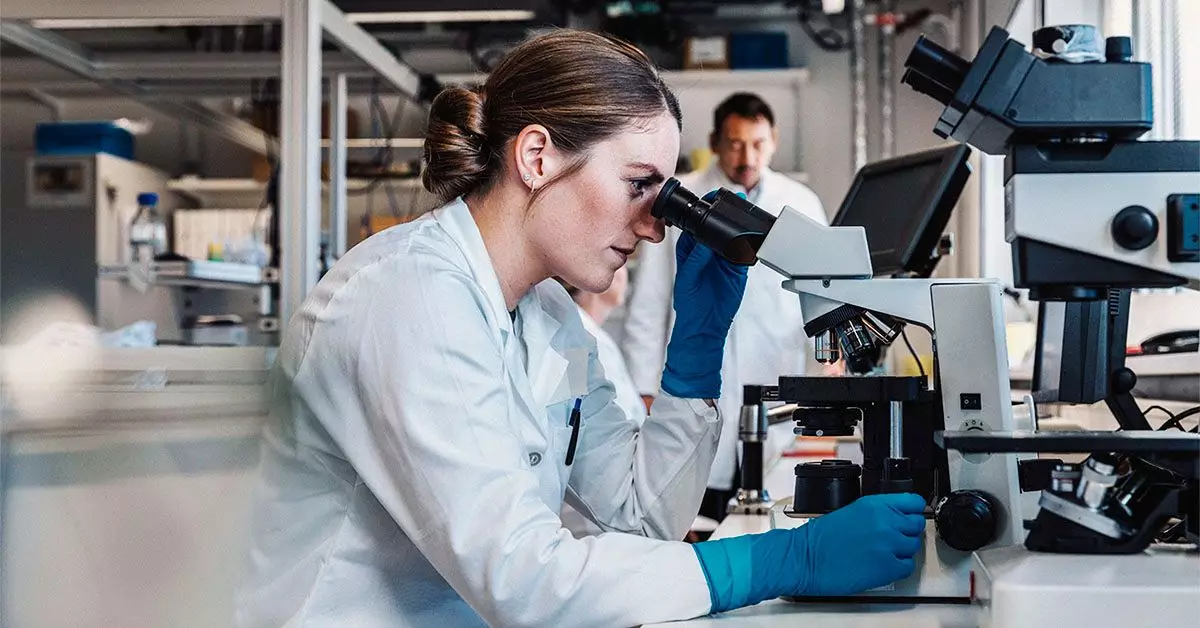Hereditary leiomyomatosis and renal cell carcinoma (HLRCC) is a rare genetic condition that predisposes individuals to benign skin tumors and a specific type of kidney cancer. This inherited syndrome affects multiple areas of the body, including the skin, uterus, and kidneys. People with HLRCC develop leiomyomas, which are benign smooth muscle tumors that can appear as firm nodules on the skin or as fibroids in the uterus. Additionally, individuals with HLRCC have an increased risk of developing type 2 papillary renal cell carcinoma (RCC), a serious form of kidney cancer that can be aggressive and metastatic.
HLRCC is caused by a mutation in the fumarate hydratase (FH) gene, which is essential for energy production within cells. The FH gene encodes an enzyme that plays a role in the Krebs cycle, a series of reactions that generate energy in the cells. When there is a mutation in the FH gene, fumarate accumulates within the cells, leading to the formation of tumors characteristic of HLRCC. This genetic condition follows an autosomal dominant pattern, meaning that individuals only need to inherit one copy of the mutated gene to develop the syndrome. Due to this inheritance pattern, HLRCC can affect every generation of a family, with varying levels of severity and symptoms among family members.
Symptoms of HLRCC can range from benign leiomyomas to life-threatening RCC. Leiomyomas can present as small bumps on the skin or as fibroids in the uterus, causing pain, swelling, and abnormal menstrual bleeding. Around 10-16% of individuals with HLRCC go on to develop RCC, which may manifest with symptoms such as abdominal lumps, blood in the urine, weight loss, and fatigue. Genetic testing is crucial for diagnosing HLRCC, as it involves analyzing DNA to identify mutations in the FH gene. Healthcare professionals may recommend testing for individuals with a family history of leiomyomas or RCC, as early detection allows for risk assessment and appropriate management strategies.
Treatment for HLRCC involves a multidisciplinary approach that focuses on managing individual symptoms and surveillance for RCC. While not all leiomyomas require removal, some may be treated with cryotherapy or laser ablation. Uterine fibroids causing significant symptoms may benefit from medications or surgery. Regular monitoring for RCC through advanced imaging techniques helps detect tumors early on, enabling timely intervention. Depending on the stage and location of RCC, treatment may involve surgery, targeted therapy, radiation therapy, or chemotherapy. The prognosis for individuals with HLRCC varies based on whether they develop RCC and how it responds to treatment. Early detection and comprehensive management are essential for improving outcomes and quality of life for individuals living with HLRCC.
Hereditary leiomyomatosis and renal cell carcinoma (HLRCC) is a complex genetic condition that requires proactive management strategies to address its diverse symptoms and associated risks. Through genetic counseling, routine health screenings, and targeted treatments, individuals with HLRCC can effectively manage their condition and minimize the impact of RCC. By raising awareness and promoting early diagnosis and intervention, healthcare professionals can help improve the outcomes and quality of life for individuals affected by this rare genetic syndrome.

